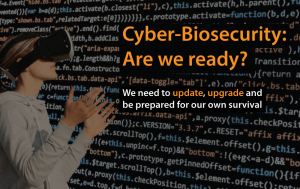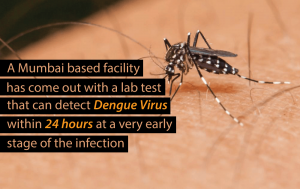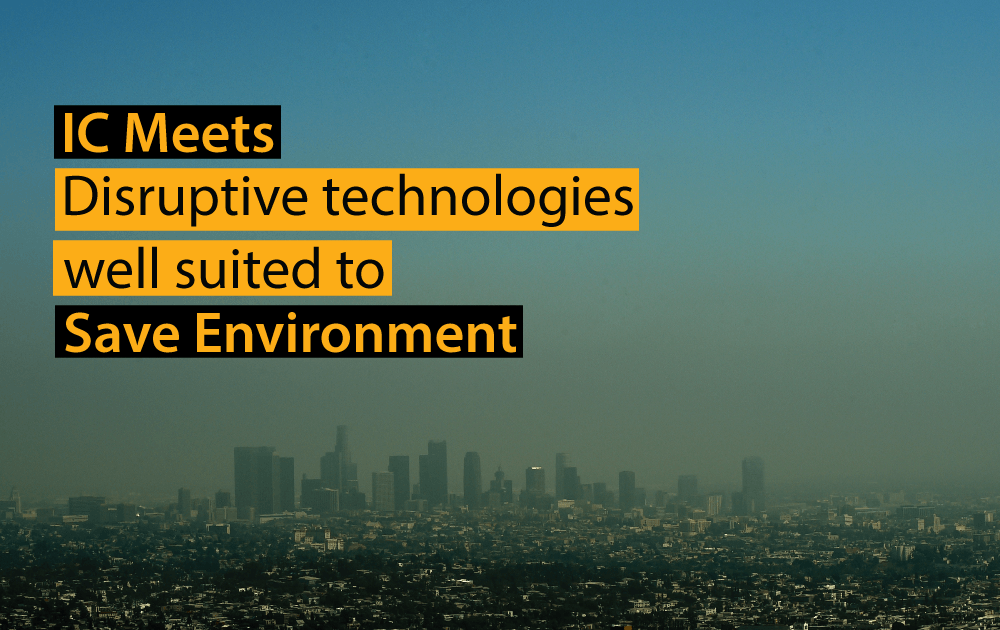This is the age of Disruption, Sebastian Thrun, computer scientist says, and hits bull’s eye.
On 7th April 2018, a gush of fresh air of innovative ideas buffeted gently a modest wood-paneled auditorium in central Delhi as two enterprising innovators unveiled their ongoing disruptive technologies – based projects to depollute air and save thousands of litres of water as well as million units of electricity.d save thousands of litres of water as well as million units of electricity.
As audience clung to these innovators’ narratives in rapt attention, another eminent speaker Denny John dwelt at length on an absorbing theme of how to assess a healthcare technology for the larger interest of society. “Mine is a disruptive technology”, a lanky but hefty new age entrepreneur stole the limelight at the meet as he, in his baritone voice, said as an industry always have the tremendous appetite for future technologies and thereby revolutionize deliverable. He was Monish Bhandari of OptiMaser™ which works for disinfection of hospital wastes including many other things.
An engineer, who appeared firmly grounded and did not betray any sign of tremendous potential his “Shudh Vayu” and “Swasthgram” campaign holds for the society by cleaning tons of carbon in air by a simple filter on roofs of cars threw light on his disruptive innovation for combating menace of spiking pollution plaguing many cities.
The engineer Amit Bhatnagar said 920,000 children die under 5 years due to air pollution worldwide. In Delhi, it is 3000 in 365 days, almost 8 deaths per day, according to UNICEF report. Air Pollution inhaled during pregnancy can cross the placenta and affect the developing brain of a fetus.
Swasthgram and Shudh Vayu were founded by Mr. Amit Bhatnagar and his common friends. Mr. Amit Bhatnagar is an IITian turned into the social entrepreneur. He did his M.S. in Bio-Engineering from Penn State (US) in 2007 and B.Tech in Mechanical, Hollywood (USA). After relocating to India, he started envisioning his life’s goal and along with common friends established Swasthgram in 2012. He uses disruptive technology, innovated & specially designed to cater to all healthcare needs.
Also Read: Cyber-Biosecurity: Are we ready?

The Saturday morning’s meet was a gathering of young innovators and industry experts in a conference hall in the national capital’s prestigious India International Centre to learn how to assess a healthcare technology for a beneficial outcome for the society.
Marking a step forward towards its promise of providing an encouraging platform to young innovators and innovative startup of the health sector, InnovatioCuris organized its fourth IC Innovators Club meeting that day. A date well was chosen, celebrating World Health Day, InnovatioCuris called on industry leaders to stand up to the pledges and join hands to take concrete steps to advance #HealthcareForAll.
We live in a culture where everyone’s opinion, views, and assessment of situations are twisted on social media if feared and hated by environmentalists (industry name say) and the public alike. Yet many a time, the scientific assessment of technology is remarkably different and tells altogether a different story. And we all know we become what we behold, we shape our tools and then our tools shape us. So, the assessment of any new tool or technology is very important. With this agenda, Denny John addressed the listeners which within no time compelled them to shed away their morning blues. Mr. John holds an external Ph.D. in HTA from Maastricht University, the Netherlands on the cost-effectiveness of vaccines related to infectious diseases in India. He is also an adjunct Scientist with ICMR-NIMS.
Being an Associate Editor for IJTAHC and Cost Effectiveness and Resource Allocation journals, he has also conducted various workshops on SR, EE and HTA training for over 300 members in Nepal, Ghana, and India. Under his literature, he has 10 peer-review publications on SR, EE and HTA, 2 book-chapters on Pharmacoeconomics, and 1 book on Systematic Reviews. Co-guiding 1 Masters and 2 Ph.D. students in HTA. He is a task force member on National Registry of Injuries in India. He is also a co-researcher on cost-effectiveness analysis of glaucoma screening in cataract camps.
The interventions used to promote health, to prevent, diagnose or treat acute or chronic diseases, or for rehabilitation which includes pharmaceuticals, devices, procedures and organizational systems used in healthcare, defines healthcare technology says, Mr. John. After he made listeners to understand what healthcare technology is, he guided them to understand what exactly HTA (Healthcare Technology Assessment) is.

A systematic evaluation of the properties of a health technology, addressing its direct and intended effects, as well as its indirect and unintended consequences, to inform decision-making is HTA. He explains, not only the assessment of the technology but also the evaluation and calculation of any input that goes into the delivery of the technology will be covered under HTA.
Narrating the story about BEMPU, a hypothermia monitoring device, he made a strong point that one should practice evidence-based approach, that stating evidence is very important not only while assessment of a technology but also in day-to-day healthy lifestyle habits. This gives context-specific inputs into the decision-making process at policy and organizational levels.
Evidence-based practice, Health economic evaluation, Policy and market analysis are the formation bricks of the architecture of HTA where Social aspects is also another brick in the wall catering its stakeholders, patients, health professionals, industry, third-party players and the government with trust and a good decision-making capability. A feedback from any stakeholder is always a good approach to perform analysis of your technology says, Mr. John. Especially when it comes to the customers, patients as (here) the case is, patient engagement is a huge buzz topic and knowing your customer is a great idea to improve. Taking feedback whether they are willing and are comfortable in using the technology and how they feel about the integration of it in their life could give you the taste of your own drug.
So, what is evidence-based practice? An evidence-based approach is the conscientious, explicit and judicious use of current best evidence in making decisions about the care of an individual. Mr. John emphasizing on the usage and reporting of the evidence says, “wherein day-to-day life reporting of evidence is weak, the evidence should be taken based on the studies from multiple trials and research studies and not from a single study or trial”.
After stressing on the importance for stating the evidence he also explained the impact and need of economic evaluation analysis which addresses the additional health benefit gained from investment in a technology, such as the cost per additional Quality Adjusted Life Year (QALY) gained, by comparison of that technology to a different intervention or to no intervention.
Another important component of this valuable session was Budget Impact Analysis (BIA). Mr. John told that BIA addresses the affordability of the technology, such as the net annual financial cost of adopting the technology for a finite number of years.
Also Read: Early Detection of Dengue

All this directly or indirectly contributes to the assessment of healthcare technology that one plans to adopt and present. In addition to this, he also explained briefly the ways a person can perform the economic evaluation of the technology under observation like cost-effective analysis, cost-benefit analysis or be it cost-utility analysis.
Mr. John also walked listeners through the schematic structure of Health Technology Assessment in India (HTAIn). Also, telling about how patients and consumers can be engaged in HTA, what all parameters are there on which they can evaluate the technology and how it would be beneficial for the same.
Mr. Monish Bhandari said post signing of the CITAR incubation MoU on 2nd May 2017, the entire aura of the association has fast-tracked with translating the lab research to commercial success, augmenting the brand value, potential & technical excellence of OptiMaserTM & it’s futuristic new Avatars.
OptiMaser™ potential in excess is exemplified by the fact that it can achieve systematic volumetric heating for disinfection with its mobility in any diverse industry environment. CITAR’s clinical ability to instantly establish protocols, validate clinical results has given OptiMaserTM the required thrust to develop dedicated cycles for medical waste disinfection; OT instrument disinfection; blood bag disinfection; dialyzer disinfection; linen disinfection; Bactec (BD) bottle disinfection and animal bedding (rice husk & corn cob) disinfection. He said that the technology being pursued by them, saves hundreds of liters of water and electricity consumption while disinfecting hospital wastes – many prestigious institutions are adopting the mode. The IC meeting came to an end after a very provocative question and answer session.

